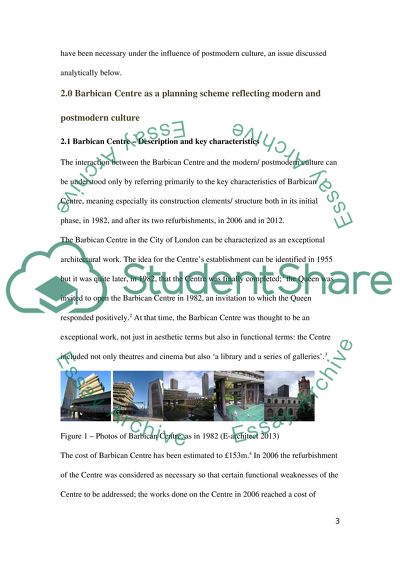Cite this document
(“Barbican Centre Description and analysis of motivations behind the Essay”, n.d.)
Barbican Centre Description and analysis of motivations behind the Essay. Retrieved from https://studentshare.org/architecture/1481871-barbican-centre-description-and-analysis-of-motivations-behind-the-planning-scheme
Barbican Centre Description and analysis of motivations behind the Essay. Retrieved from https://studentshare.org/architecture/1481871-barbican-centre-description-and-analysis-of-motivations-behind-the-planning-scheme
(Barbican Centre Description and Analysis of Motivations Behind the Essay)
Barbican Centre Description and Analysis of Motivations Behind the Essay. https://studentshare.org/architecture/1481871-barbican-centre-description-and-analysis-of-motivations-behind-the-planning-scheme.
Barbican Centre Description and Analysis of Motivations Behind the Essay. https://studentshare.org/architecture/1481871-barbican-centre-description-and-analysis-of-motivations-behind-the-planning-scheme.
“Barbican Centre Description and Analysis of Motivations Behind the Essay”, n.d. https://studentshare.org/architecture/1481871-barbican-centre-description-and-analysis-of-motivations-behind-the-planning-scheme.


